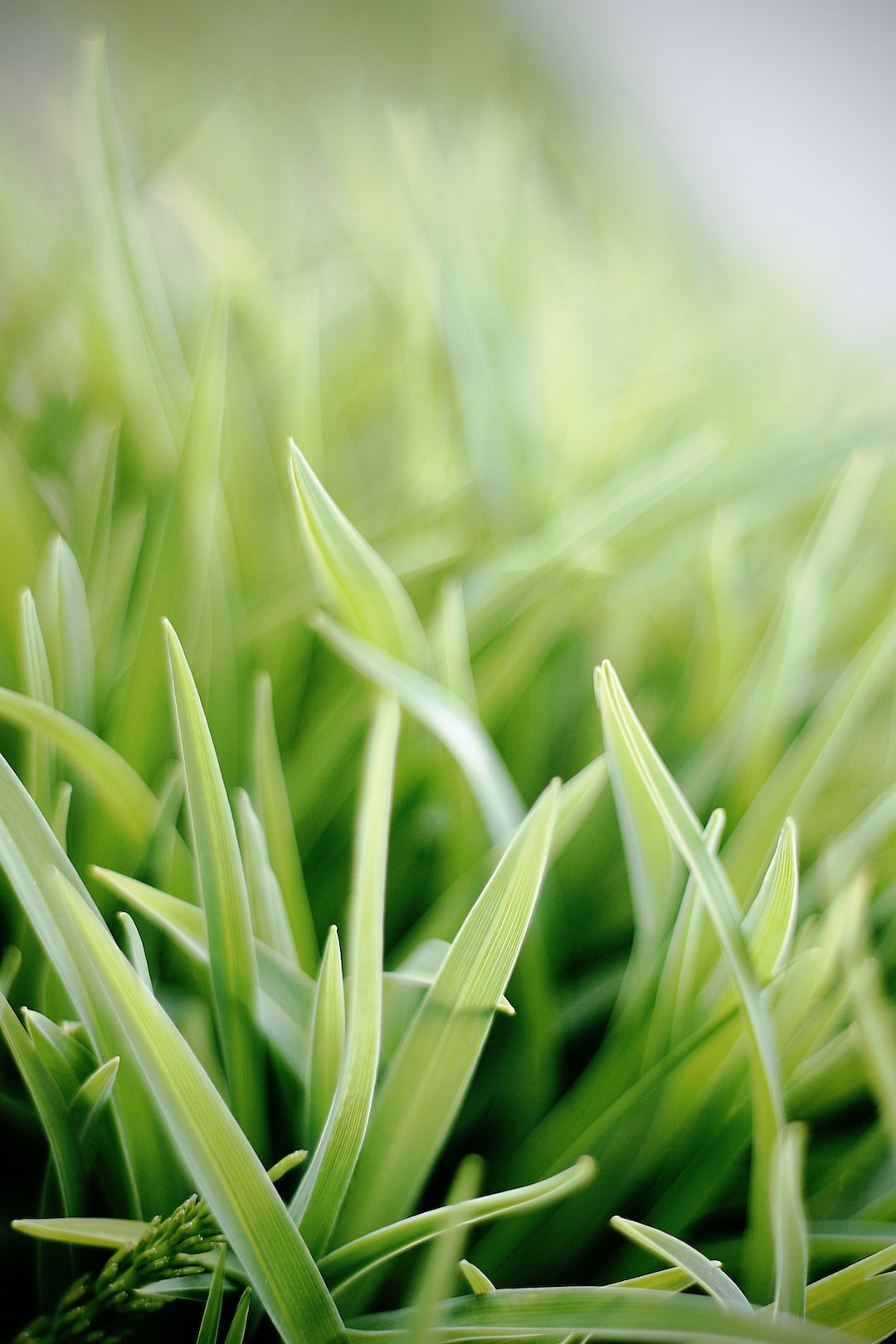Gardening is a relaxing hobby for many people, and with the increasing awareness about the need for sustainability, it has become essential to focus on designing gardens that are not only beautiful but also sustainable. A sustainable garden is one that reduces waste, conserves energy and water, supports biodiversity, and encourages eco-friendliness. Here are some tips for designing a sustainable garden:
1. Plan Your Garden
Before you begin designing your garden, it is important to plan it. Identify the location and layout of the garden, the plants you want to grow, and the resources needed. The location should be chosen carefully, ensuring that it has a good source of sunlight and shelter from the wind.
2. Use Water Wisely
Water is a precious resource, and it is important to use it wisely. Installing a drip irrigation system is an excellent way to conserve water. This system delivers water directly to the roots of plants, reducing evaporation, and minimizing water waste.
Using rainwater to water your plants is another sustainable practice. You can collect the water in a rainwater harvesting tank or a barrel, and use it for your gardening needs.
3. Add Compost
Composting is an excellent way to improve soil quality and reduce waste. You can add compost to your garden beds, which will nourish the soil and promote healthy plant growth. It is also a great way to reduce the amount of waste that ends up in landfills.
4. Plant Native Plants
Native plants are adapted to the local environment and require less water and maintenance than non-native plants. They also provide habitat for local wildlife, promoting biodiversity in your garden.
5. Use Organic Fertilizers and Pesticides
Chemical fertilizers and pesticides can harm the environment and are not sustainable. Instead, opt for organic fertilizers and pesticides that are eco-friendly and safe for humans, animals, and the environment.
6. Use Sustainable Materials
When designing your garden, it is important to use sustainable materials. For example, instead of using plastic garden tools, opt for tools made of sustainable materials like bamboo or wood. You can also use recycled materials like glass bottles, old tires, and pallets to create garden beds and borders.
7. Use Renewable Energy
If you have outdoor lighting in your garden, it is important to use renewable energy sources like solar power. This will reduce your energy consumption and minimize your carbon footprint.
In conclusion, designing a sustainable garden is not only good for the environment but also for your health and well-being. By implementing these tips, you can create a garden that is not only beautiful but also sustainable. Remember to plan your garden, use water wisely, add compost, plant native plants, use organic fertilizers and pesticides, use sustainable materials, and use renewable energy.

